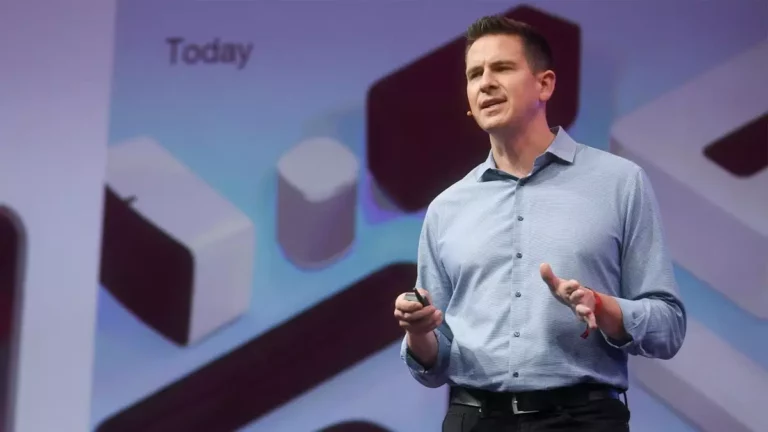In today’s highly competitive tech landscape, where consumer loyalty can hinge on nuanced service and product offerings, companies must tread carefully, particularly when they pivot their business strategies. Sonos, a renowned name in the home audio space, recently found itself at a crossroads, having launched a heavily scrutinized app upgrade. The decision-making process that led to a disjointed rollout serves not only as a reflection of miscalculated priorities but also provides critical learning opportunities for business practitioners in and out of the tech sphere.
Sonos attempted to prioritize new customer acquisition at the potential expense of its established user base. This shift raises critical questions: What price do businesses pay for pursuing growth without adequately engaging loyal consumers? In essence, Sonos confused the means of achieving long-term profitability with a short-term strategy. The launch of the Ace headphones—a promising addition to their portfolio—was ultimately marred by significant software issues in their newly updated app, which impacted user experience and satisfaction severely.
The repercussions were immediate. A wave of missed revenue targets followed, alongside an unfortunate round of layoffs affecting over a hundred employees. Instead of capitalizing on their innovative reputation, Sonos faced a backlash that will likely linger for years, turning the relaunch into a cautionary tale in corporate strategy.
In response to the fallout, Sonos rolled out a series of commitments aimed at mending relationships with both their customers and employees. Among these seven pledges, empirical measures and soft skills combined to demonstrate the company’s intent to learn from its blunders. Strategies such as extending warranties and establishing a “quality ombudsperson” position reflect a multifaceted approach to rebuilding trust.
The appointment of the ombudsperson underscores a significant corporate evolution: by proactively facilitating communication between employees and management, Sonos is attempting to create a more inclusive work environment. This initiative not only empowers staff but also fosters a sense of accountability within the company. Transparency is paramount, culminating in the promise of biannual reports to keep the management in touch with ground realities.
Furthermore, the creation of a Customer Advisory Board piques interest. By actively involving users in product development, Sonos is sending a clear message: user experience is not merely a collateral concern but a central pillar of their strategy moving forward. Ascending from an adversarial approach to one centered on collaboration could well be the keystone in salvaging relationships with existing customers while attracting new ones.
In extending the manufacturer’s warranty on home theater products, Sonos signals a commitment to quality assurance and customer satisfaction. This strategic choice, though simple, can serve as a powerful gesture of goodwill, showing that the company has both heard the grievances of its users and is prepared to take concrete steps to address them.
However, change must also permeate executive actions. Sonos has announced the cessation of executive bonus payouts for the next significant milestone, tying financial incentives directly to improvements in the app experience and overall customer trust. This transparency in executive compensation not only communicates seriousness in accountability but also underscores an important aspect of leadership: aligning incentives with customer satisfaction.
According to CEO Patrick Spence, the company acknowledges its missteps and is committed to transforming those learnings into actionable changes. With a plan for rolling out software updates more frequently, Sonos is indicating its resolve to enhance the user experience significantly.
So, is Sonos able to recover from this tumultuous chapter in its history? Success will hinge on its ability to follow through on these commitments and restore customer faith in its brand. As consumers demand higher standards for their interactions with tech companies, Sonos’ efforts to prioritize both the customer experience and internal transparency could set a new benchmark.
Ultimately, the Sonos case exemplifies the intricacies of modern business strategy. Companies must always remember that maintaining a balance between growth and customer satisfaction is outdated advice; it is essential practice necessary for sustainable success in today’s market.


Leave a Reply